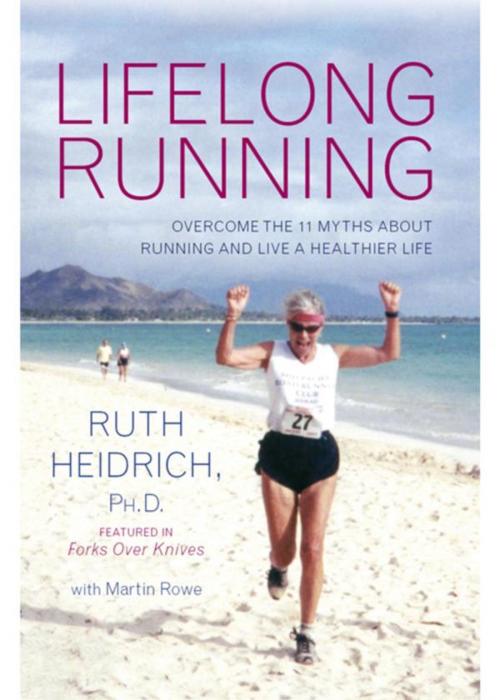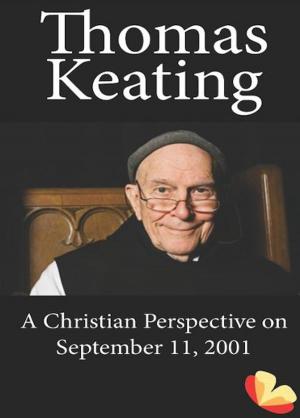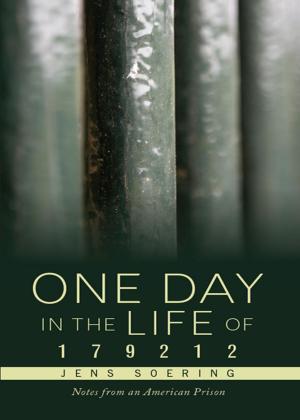Lifelong Running
Overcome the 11 Myths About Running and Live a Healthier Life
Nonfiction, Sports, Running & Jogging| Author: | Heidrich, Ruth E., Rowe, Martin | ISBN: | 9781590563861 |
| Publisher: | Lantern Books | Publication: | September 3, 2013 |
| Imprint: | Language: | English |
| Author: | Heidrich, Ruth E., Rowe, Martin |
| ISBN: | 9781590563861 |
| Publisher: | Lantern Books |
| Publication: | September 3, 2013 |
| Imprint: | |
| Language: | English |
A cancer survivor, an Ironman Triathlete, and widely decorated marathoner, Ruth Heidrich has long been been a role model to athletes of all ages. But over the years even Ruth herself has encountered the various, commonly held misbeliefs about running, from "women shouldn't run" to "you need to change your diet to run," that prevent people from lacing up their shoes and getting off the couch. In this user-friendly guide, Ruth Heidrich debunks those myths and many more while providing the motivation, inspiration, and resources to start or maintain an activity whose benefits will last a lifetime. Along the way, Martin Rowe offers up practical advice as well as a look into running's storied history. You'll find out why there's no perfect body type for a runner, how to measure your fitness level relative to your age, and how the modern marathon came to be. Accessible and informative, Lifelong Running shows that it's possible to run well into your seventies—and beyond.
A cancer survivor, an Ironman Triathlete, and widely decorated marathoner, Ruth Heidrich has long been been a role model to athletes of all ages. But over the years even Ruth herself has encountered the various, commonly held misbeliefs about running, from "women shouldn't run" to "you need to change your diet to run," that prevent people from lacing up their shoes and getting off the couch. In this user-friendly guide, Ruth Heidrich debunks those myths and many more while providing the motivation, inspiration, and resources to start or maintain an activity whose benefits will last a lifetime. Along the way, Martin Rowe offers up practical advice as well as a look into running's storied history. You'll find out why there's no perfect body type for a runner, how to measure your fitness level relative to your age, and how the modern marathon came to be. Accessible and informative, Lifelong Running shows that it's possible to run well into your seventies—and beyond.















